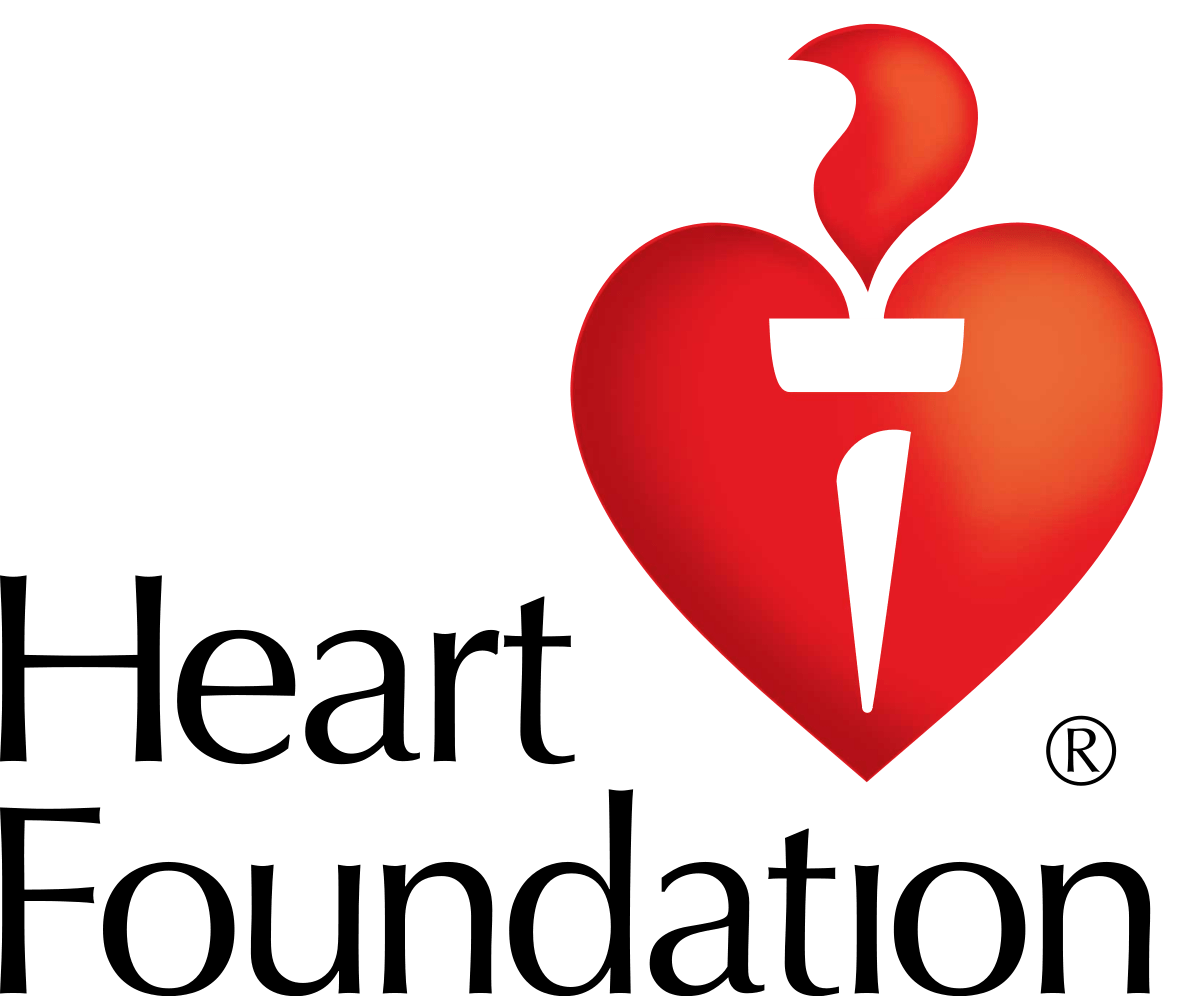Get in touch
(08) 8250 9050
cardiology@ncsc.com.au
Echocardiography
Echocardiography (echo) shows the size, structure, and movement of various parts of your heart. These parts include the heart valves, the septum (the wall separating the right and left heart chambers), and the walls of the heart chambers.
Doppler ultrasound shows the movement of blood through your heart.
Doppler ultrasound shows the movement of blood through your heart.
Echo is used for:
- Diagnose heart problems
- Guide or determine next steps for treatment
- Monitor changes and improvement
- Determine the need for more tests
Echo can detect many heart problems. Some might be minor and pose no risk to you. Others can be signs of serious heart disease or other heart conditions.
Ultrasound imaging is harmless in the doses required to perform an Echocardiogram. Ultrasound is safely used on unborn babies.
- Guide or determine next steps for treatment
- Monitor changes and improvement
- Determine the need for more tests
Echo can detect many heart problems. Some might be minor and pose no risk to you. Others can be signs of serious heart disease or other heart conditions.
Ultrasound imaging is harmless in the doses required to perform an Echocardiogram. Ultrasound is safely used on unborn babies.
What can we learn through an echocardiogram?
The size of your heart.
An enlarged heart might be the result of high blood pressure, leaky heart valves, or heart failure. Echo also can detect increased thickness of the ventricles (the heart's lower chambers). Increased thickness may be due to high blood pressure, heart valve disease, or congenital heart defects.
Heart muscles that are weak and aren't pumping well.
Damage from a heart attack may cause weak areas of heart muscle. Weakening also might mean that the area isn't getting enough blood supply, a sign of coronary heart disease.
Heart valve problems.
Echo can show whether any of your heart valves don't open normally or close tightly.
Problems with your heart's structure.
Echo can detect congenital heart defects, such as holes in the heart. Congenital heart defects are structural problems present at birth. Infants and children may have echo to detect these heart defects.
Blood clots or tumors.
If you've had a stroke, you may have echo to check for blood clots or tumors that could have caused the stroke.
An enlarged heart might be the result of high blood pressure, leaky heart valves, or heart failure. Echo also can detect increased thickness of the ventricles (the heart's lower chambers). Increased thickness may be due to high blood pressure, heart valve disease, or congenital heart defects.
Heart muscles that are weak and aren't pumping well.
Damage from a heart attack may cause weak areas of heart muscle. Weakening also might mean that the area isn't getting enough blood supply, a sign of coronary heart disease.
Heart valve problems.
Echo can show whether any of your heart valves don't open normally or close tightly.
Problems with your heart's structure.
Echo can detect congenital heart defects, such as holes in the heart. Congenital heart defects are structural problems present at birth. Infants and children may have echo to detect these heart defects.
Blood clots or tumors.
If you've had a stroke, you may have echo to check for blood clots or tumors that could have caused the stroke.
Preparation before the test:
There is no preparation required for this test and no need to fast or stop your medications.
It is advised that you wear comfortable clothing that enables your top to be removed easily .
The test takes between 20 and 40 minutes and does vary from patient to patient.
It is advised that you wear comfortable clothing that enables your top to be removed easily .
The test takes between 20 and 40 minutes and does vary from patient to patient.
What happens during the test?
You will be required to remove your clothing from the waist up and the Sonographer will apply gel to your chest. A wand-like device called a transducer will then be placed against your chest and it will record images of your heart.
The transducer must be placed between the ribs which may require some pressure. This may cause some mild temporary discomfort
The transducer must be placed between the ribs which may require some pressure. This may cause some mild temporary discomfort
Results:
Once the test has been performed the results will be analysed by one of our specialists, and these will be explained to you at your next appointment.
Phone: (08) 8250 9050
Fax: (08) 8281 2511

